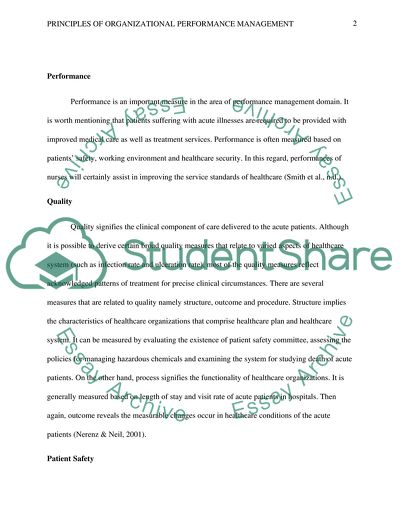Cite this document
(“Principles of Organizational Performance Management Admission/Application Essay”, n.d.)
Principles of Organizational Performance Management Admission/Application Essay. Retrieved from https://studentshare.org/nursing/1649693-principles-of-organizational-performance-management
Principles of Organizational Performance Management Admission/Application Essay. Retrieved from https://studentshare.org/nursing/1649693-principles-of-organizational-performance-management
(Principles of Organizational Performance Management Admission/Application Essay)
Principles of Organizational Performance Management Admission/Application Essay. https://studentshare.org/nursing/1649693-principles-of-organizational-performance-management.
Principles of Organizational Performance Management Admission/Application Essay. https://studentshare.org/nursing/1649693-principles-of-organizational-performance-management.
“Principles of Organizational Performance Management Admission/Application Essay”, n.d. https://studentshare.org/nursing/1649693-principles-of-organizational-performance-management.


